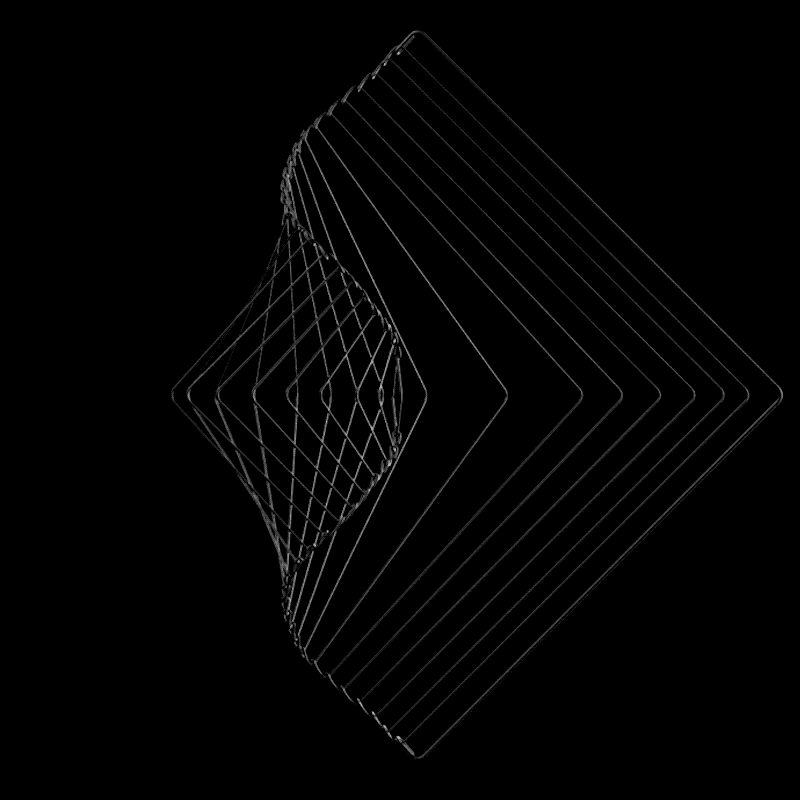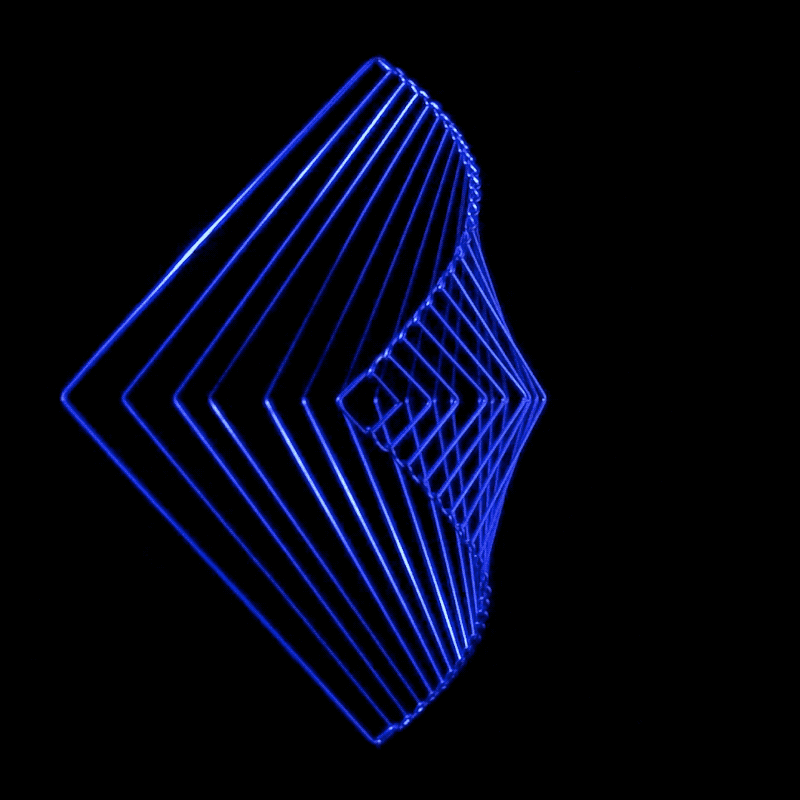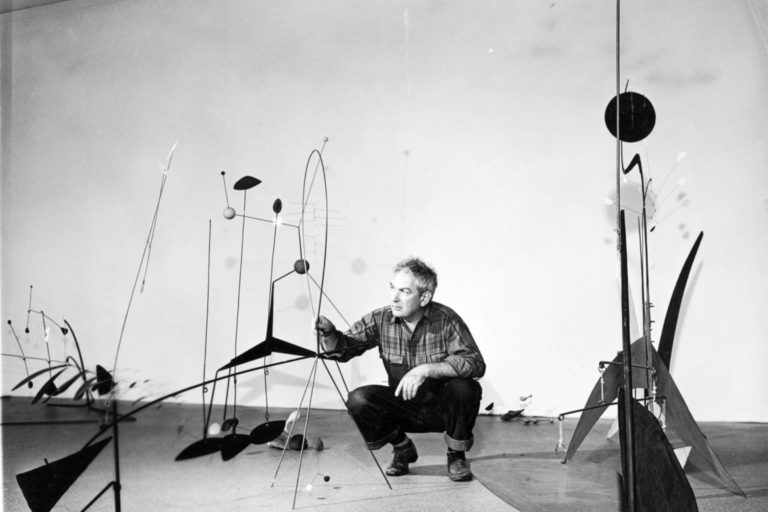The Science of Optical Illusions
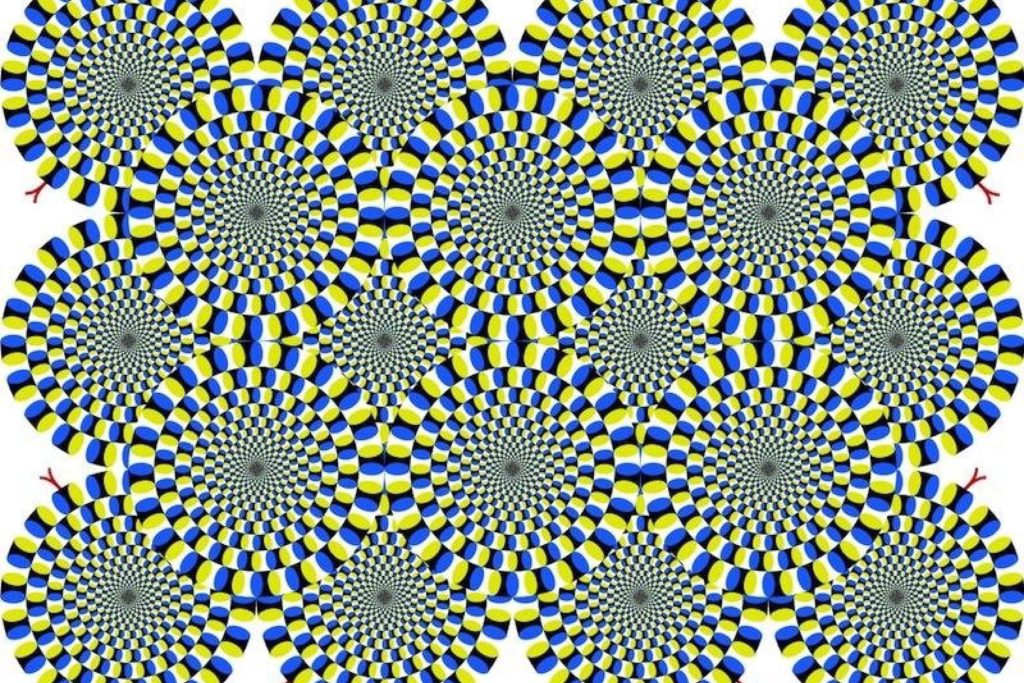
Illusions are the product of some of Humanity’s most visionary artists. In fact, they have been intrigued by the nature of perception and the behavior of the human eye for centuries. Throughout history, these artists explored various techniques to trick the brain into seeing things that didn’t quite reflect reality. For example, they rearranged proportions, made two dimensional objects appear three dimensional, or made the eye see something that was never there.
WHERE DO ILLUSIONS COME FROM?

Long before science and psychology started studying the reasons behind illusions, artists already found fascination in creating these specific kinds of phenomena. For instance, an essential artwork that laid out the fundamentals for optical art (op-art) was Viktor Vasarely’s Zebra. Certainly, Vasarely was a master of playing with light and warping space, creating art that tricked the eyes.
WHAT IS AN ILLUSION?
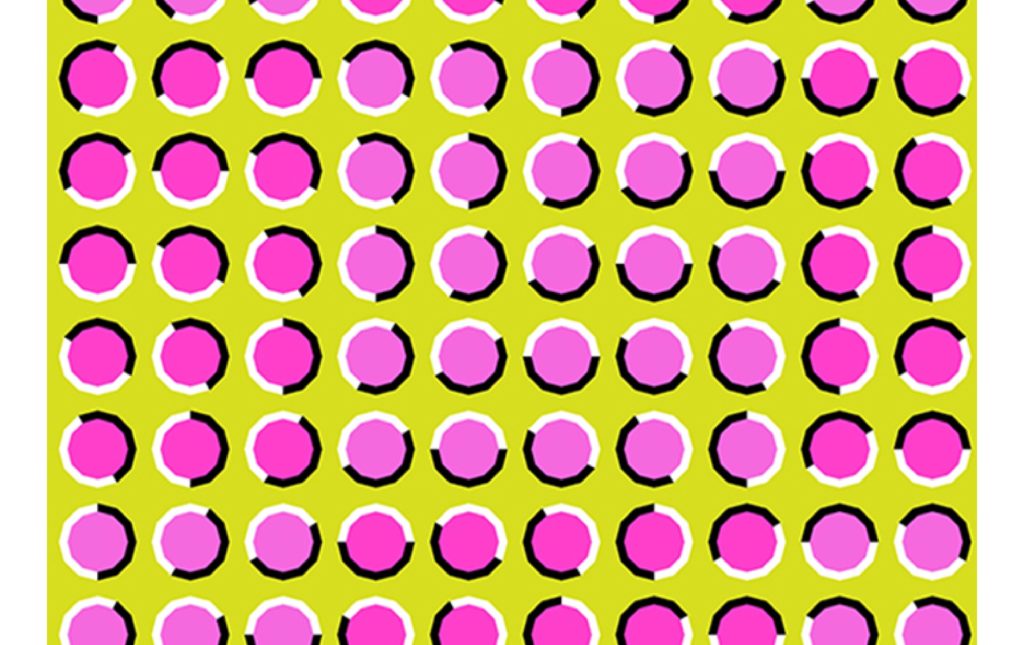
The origin of the word comes from the Latin verb illudere, which means ‘to mock.’ And that is precisely what occurs when we see an optical illusion. In other words, the brain perceives something that, in reality, doesn’t exist or is not physically accurate. In this case, your brain doesn’t translate what your eyes are seeing, and it will compensate by filling in the blanks based on your past visual experiences!
KINETIC ILLUSIONS IN OPTICAL ART
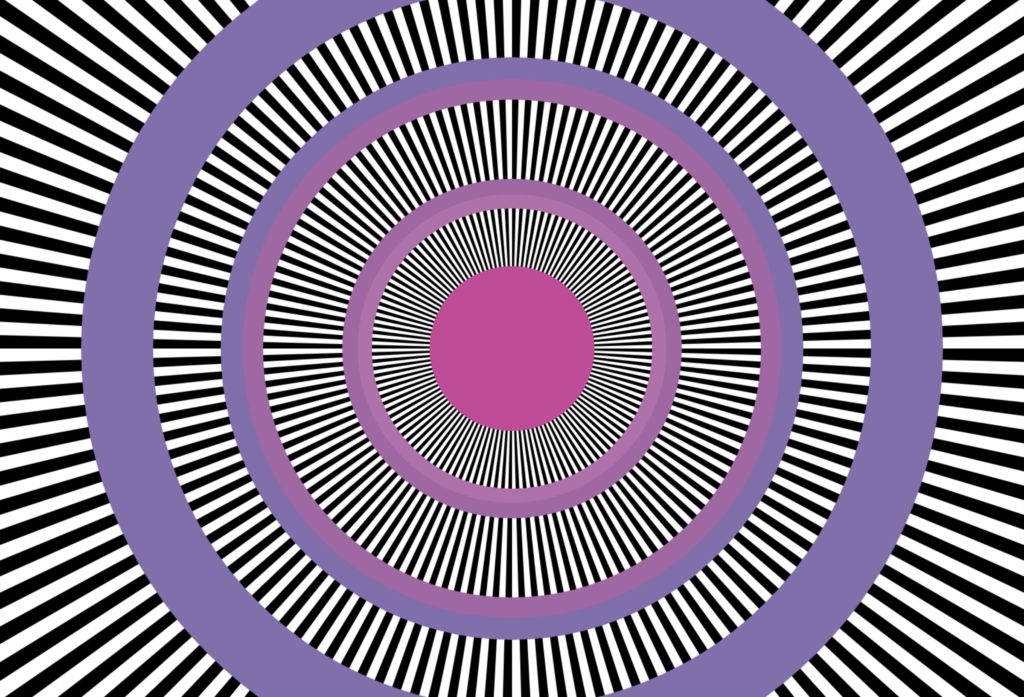
enigma
If you stare at the middle of the image for a while, what do you see? People happen to perceive a variety of things, flickering or even endlessly rotating circles. The original Enigma was a drawing created in 1981 by French artist Isia Leviant. Leviant’s work is a powerful demonstration of how illusory movement occurs. However, why the phenomena of moving circles appears is still scientifically unexplainable.

THE IMPOSSIBLE TRIDENT
The optical illusion above was created by D. H Schuster. This “Impossible Trident” is precisely that: impossible. When you look at it from the bottom, it appears to have three prongs, but at the top, it clearly only splits into two parts. Thus, this design depicts an object which could not possibly exist in reality.

HOW DO ILLUSIONS LIKE THESE HAPPEN?
The precise brain mechanisms causing these perceived illusions are still unknown to science. However, a part of the reason could be that our eyes perform small, involuntary movements when we fix them on a point to analyze an image. These “microsaccades” can produce small shifts in the geometric position of the peripheral areas of the image, causing the brain to render images differently.
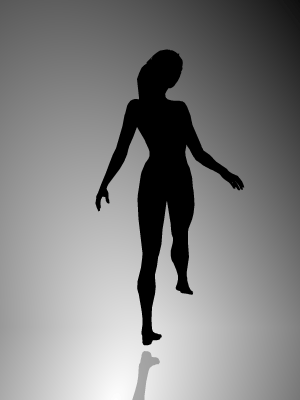
There are three main types (of different images). For example, Literal optical illusions create images that are different from the objects that make them. Then, there are Physiological illusions, which have effects on the eyes and brain due to excessive stimulation of a specific type. Lastly, Cognitive illusions are where the eye and brain make unconscious inferences.
THE SQUARE WAVE MAGIC
Ivan Black’s Square Wave is a kinetic sculpture that seems to move in impossible ways much like our beloved trident or the kinetic dancer. In fact, the golden angle used to engineer this piece generates mesmerizing spirals that seem to move unpredictably, morphing into beautiful patterns often found in nature.
Certainly, this kinetic artwork is a true visual delight when still and is absolutely fascinating when in motion. The fact that it needs human interaction to create illusions makes this object even more magical. Of course, Square Wave create a multi-dimensional illusion right in front of your eyes, coming alive with the simple flick of a wrist.



